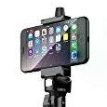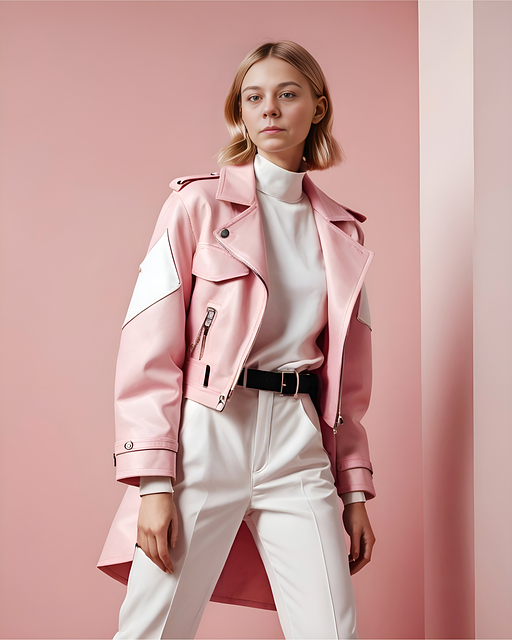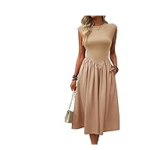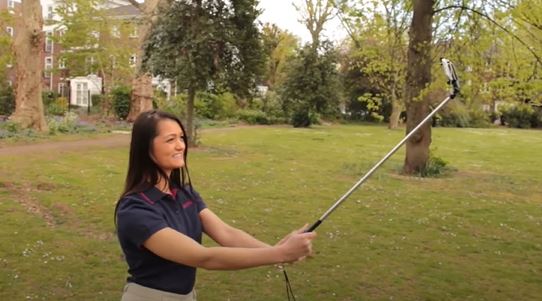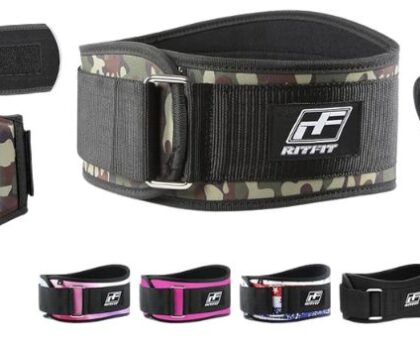The belt is a timeless accessory that has played an important role in human history. From its early beginnings as a practical tool to its evolution into a key fashion statement, the history of the belt is rich and fascinating. In this article, we will explore how belts have changed over the centuries and why they remain essential today.
The Early Origins of Belts
The history of belts dates back thousands of years. Archaeologists have found evidence of belts as far back as the Bronze Age (around 3300–1200 BC). Early belts were made from simple materials like leather, cloth, or rope and were mainly used to hold tools, weapons, or pouches.
Ancient civilizations, such as the Egyptians, Greeks, and Romans, used belts not only for utility but also as a sign of social status. Warriors wore decorated belts to carry swords and daggers, while nobles used ornate belts to display wealth and power.

Belts in the Middle Ages
During the Middle Ages (5th–15th century), belts became even more symbolic. Knights and soldiers wore heavy, reinforced belts to support their armor and weapons. Decorative buckles and embroidery indicated the wearer’s rank and achievements.
In everyday life, belts helped to secure clothing like tunics and robes. Both men and women used belts, often adorned with metalwork, jewels, and intricate designs. Belts were both practical and decorative, making them a staple in medieval fashion.
The Renaissance and Beyond
The Renaissance period (14th–17th century) saw belts continue to evolve. As clothing styles changed, belts became thinner and more stylish. Men wore belts to cinch doublets and breeches, while women used them to shape the waistline of their gowns.
By the 19th century, with the invention of tailored trousers, belts began serving a new purpose: holding up pants. Before belts, suspenders were more popular, but as fashion leaned toward lower-sitting trousers, belts became the preferred choice.
Belts in the 20th Century: A Fashion Revolution
The 20th century marked a major shift in the history of belts. Belts moved beyond simple utility and became fashion accessories.
- 1920s–1930s: Men’s belts became common with the rise of belt loops on pants. Women’s belts were thin and used to accentuate flapper dresses.
- 1940s–1950s: Wide belts became popular for women, emphasizing the hourglass figure during the post-war fashion boom.
- 1960s–1980s: Belts were all about bold statements, with bright colors, oversized buckles, and a variety of materials like vinyl and metal.
Designers began experimenting with belts as central fashion pieces, pairing them with dresses, skirts, coats, and even over loose-fitting garments.
Modern-Day Belts
Today, belts serve both functional and fashionable purposes. There are countless styles, including casual leather belts, designer belts, waist belts, and utility belts. Belts can define an outfit, create a silhouette, or simply add a stylish touch.
Modern innovations include:
- Stretch belts for comfort
- Reversible belts for versatility
- Tech-integrated belts with smart features
Popular fashion brands continue to create iconic belts that are instantly recognizable, like the Gucci Double G belt or the Hermès H buckle belt.
Conclusion
The history of the belt is a story of transformation—from ancient utility to a key element of style. What started as a simple strap to carry tools has become a must-have fashion accessory across cultures and generations. Whether you need a belt for function or fashion, this timeless piece continues to evolve while maintaining its essential role in our daily lives.

How to Style Leather Belts: Complete Guide for a Sharp Look

A leather belt is more than just a practical accessory—it’s a powerful style tool that can elevate any outfit. Whether you’re dressing for a formal event or a casual day out, knowing how to style leather belts correctly can make all the difference. In this guide, we’ll show you how to match leather belts with different outfits, colors, and occasions to always look polished.
1. Match the Belt with Your Shoes
One of the golden rules in men’s and women’s fashion is to match your belt with your shoes.
- For formal events, pair a black leather belt with black leather shoes.
- A brown leather belt goes best with brown or tan shoes.
- If you’re wearing casual sneakers or loafers, opt for a casual leather belt in a complementary color.
Pro Tip:
Try to match not just the color, but also the finish (matte, polished, or textured) of your belt and shoes for a cohesive look.
2. Choose the Right Belt Width
Width matters when styling leather belts:
- Formal belts should be slim (about 1–1.5 inches wide) and sleek.
- Casual belts are often wider (around 1.5–2 inches) and can have textured or rugged finishes.
Use slim belts for suits, tuxedos, and dress pants. Choose wider belts for jeans, chinos, or casual trousers.
3. Pick the Appropriate Buckle
The buckle says a lot about the vibe of your outfit:
- Simple, small buckles = Formal
- Bold, oversized buckles = Casual or Western styles
- Decorative buckles = Fashion-forward and trendy looks
Stick to a silver or gold buckle for classic formalwear. Reserve larger and designer logo buckles for casual settings.
4. Coordinate with Other Accessories
If you’re wearing other leather items like a watch strap, briefcase, or wallet, try to keep the leather colors similar.
- Black belt = black watch strap
- Brown belt = brown briefcase
This attention to detail shows you have a sharp sense of style.
5. Know When to Tuck and When to Untuck
When wearing a formal belt, always tuck your shirt in—it frames the belt and gives a neat appearance.
For casual looks, you can leave your shirt untucked if you want a more relaxed vibe. If you choose to tuck casually, make sure the belt matches the laid-back feel.
6. Casual Styling: Play with Textures and Colors
For weekends and casual outfits:
- Try woven leather belts, suede belts, or distressed leather for a relaxed, cool look.
- Experiment with lighter shades like tan, navy, or even burgundy to add personality to your outfit.
Pair a textured brown leather belt with denim jeans and a casual shirt for an effortlessly stylish outfit.
7. Formal Styling: Keep it Minimal and Clean
For professional settings and formal events:
- Stick to smooth leather belts in classic shades like black or deep brown.
- Avoid belts with too many details, patterns, or flashy buckles.
A clean, polished belt complements a tailored suit perfectly, helping you look sharp and sophisticated.
Final Tips for Styling Leather Belts
- Always ensure your belt is the correct size. (Pro tip: Your belt should fasten at the third hole.)
- Invest in high-quality genuine leather belts. They last longer and look better with age.
- Take care of your belts—store them properly, and clean them with leather conditioner to maintain their shine and strength.
Explore the Latest Men’s Leather Belts
Leather remains the top material for belts because of its flexibility, durability, and timeless appeal. Leather belts are easy to maintain—regular cleaning and careful storage in a dust bag help them last for years.
We are excited to introduce our newest men’s leather belt collection, already a favorite among fashion enthusiasts. Each belt is crafted from premium genuine leather, with detailed attention to quality and craftsmanship. Ready to upgrade your wardrobe? Let’s explore some of our standout pieces:
The Leonardo Tan Belt
Perfect for both formal occasions and daily office wear, the Leonardo Tan belt features a silver-toned metallic buckle and a classic, refined design. Pair it with a crisp white shirt and black trousers for a sharp, polished look.
The Lincoln Blue Belt
Make a bold statement with our Lincoln Blue leather belt. Designed with a stylish dual-tone color combination and a modern metallic buckle, it’s ideal for weekend getaways or casual outings. Match it with a navy blue shirt and white jeans for a cool, effortless vibe.
The Newton Brown Belt
Refresh your accessories with the Newton Brown belt, crafted from rich textured leather with a unique criss-cross pattern. Whether you’re dressing up for a meeting or a semi-casual event, pair it with a maroon shirt and beige trousers for a smart, stylish finish.
The Caeser Black Belt
A black leather belt is a wardrobe essential, and the Caeser Black fits the role perfectly. Featuring a timeless silver buckle and premium leather construction, it’s the ideal companion for your corporate attire. For an all-black, power-dressing look, team it with a sleek black suit.
The Alexandar Brown Belt
For a sophisticated touch, our Alexandar Brown leather belt is the perfect choice. Crafted with fine leather and a modern metallic buckle, it’s both stylish and easy to maintain. Pair it with a light yellow shirt and brown trousers for an elegant look at formal events or meetings.
Conclusion
Mastering how to style leather belts can instantly upgrade your entire look. Whether you’re dressing up for a wedding or dressing down for a weekend brunch, the right leather belt can tie your outfit together perfectly. Remember, small details like the right belt choice can leave a lasting impression!
- How to style leather belts
- Styling leather belts for men
- Leather belt fashion tips
- Best ways to wear leather belts
- Casual leather belt styling
- Formal leather belt styling
- Men’s fashion belts 2025
- Belt matching tips
- Leather belt outfit ideas
- Choosing the right belt
